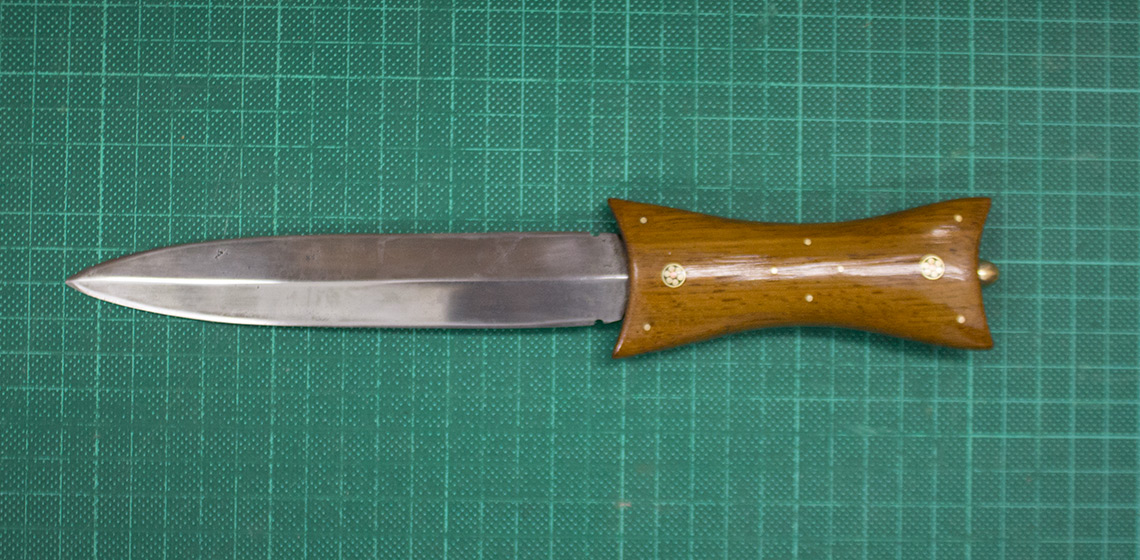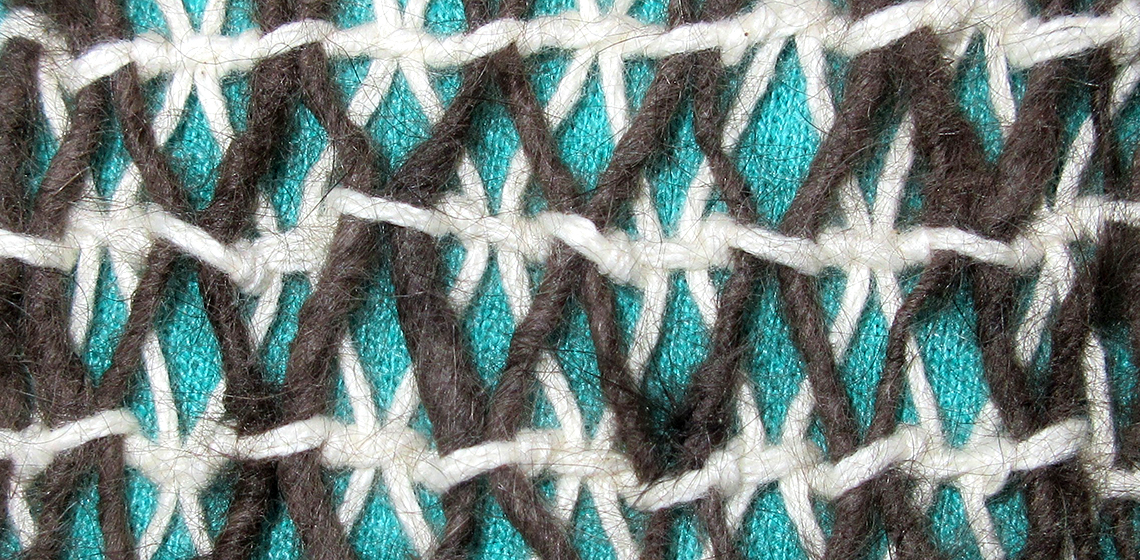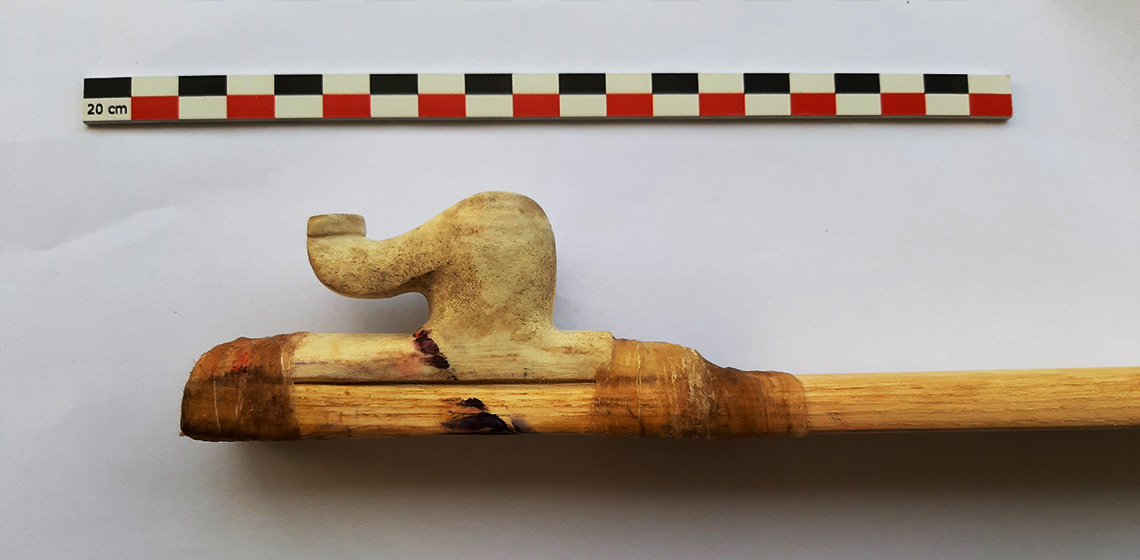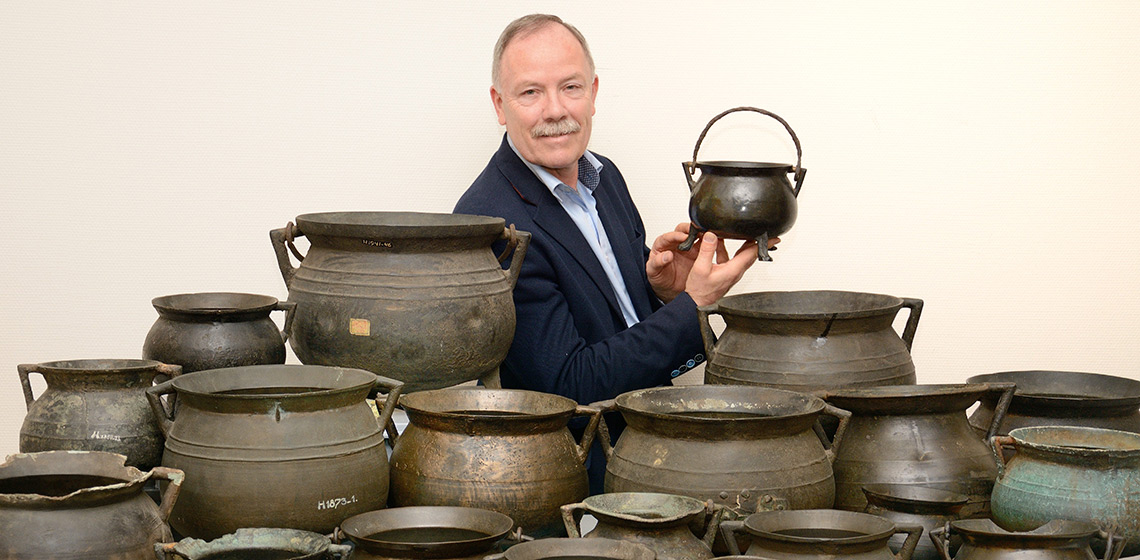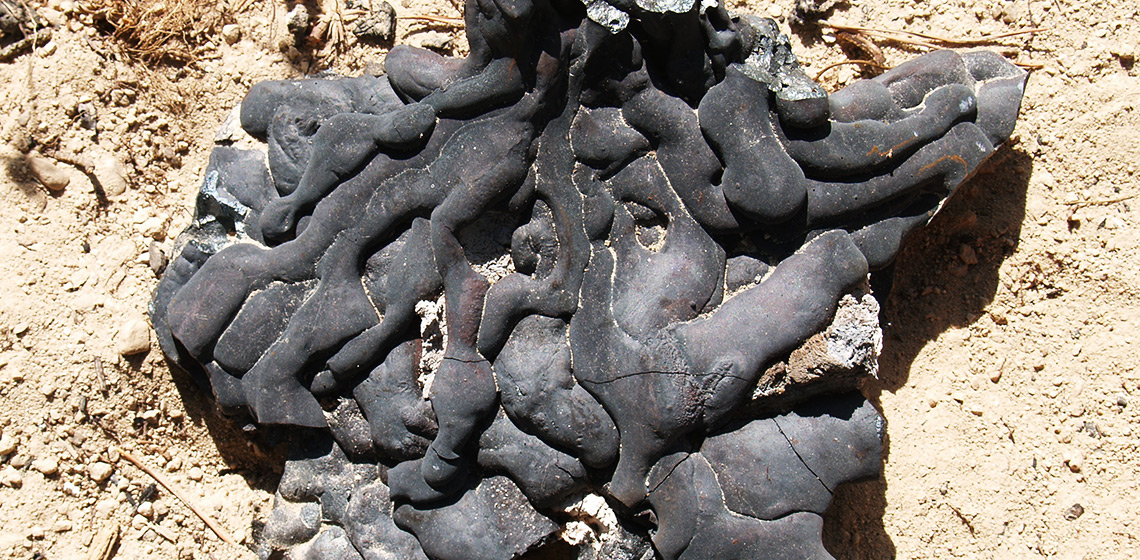Experimental Archaeology
More Testing of Mesoamerican Lunate Artifacts as Possible Loom Weights, that also Functioned as Twining Tools
Review of the Research
Research conducted over the past century has conclusively demonstrated that textiles played an important role in Mesoamerica, particularly from the Classic period (AD 250-900) through contemporary cultures.
Department of Archaeology and Sheffield Archaeomaterials, University of Sheffield (UK)
Experimental archaeology has been a core research and teaching methodology at Sheffield since the early-1990s. Crossing archaeomaterials and environmental archaeology, experimental investigations are a key component of our work and have offered a multifaceted approach to our research. We integrate experimental methodologies and practice into our taught modules to inform interpretation as part of understanding our past.
Our research covers a vast number of archaeological periods from prehistory to recent history, working closely with modern practitioners to inform our work in a collaborative environment.
Latvijas Arheoklubs (LV)
The society "Latvijas Arheoklubs" unites 20 members with a practical interest in the prehistory of the Baltic region. The group started in 2009 and in 2015 the society (NGO) was officially registered.
The society organizes and its members often are involved in different educational activities (like demonstrations of prehistoric and traditional skills and crafts, lectures about archaeology and experimental archaeology) in collaboration with different museums and municipalities, like Daugava Museum at Dole Island and Āraiši Archaeological Park.
Archaeological Experiment on Reconstruction of the “Compound” Bow of the Sintashta Bronze Age Culture from the Stepnoe Cemetery
***This article presents data from an international experimental study on the reconstruction of the “compound” bow of Sintashta culture of bronze age South Ural, Russia. The project is carried out by a collective of researchers from Greece and Russia as part of the grant program of EXARC - “Twinning program”...
Pyrgos Mavroraki Smelting and Melting Experiments in a Metallurgical Workshop of the Second Millennium BC
Throwing Punic Amphorae: An Archaeological and Experimental Approach to the use of the Potter's Wheel in southern Iberia during the Iron Age
Killing the Cauldron: Experimental Research on Dented Bronze Cauldrons from the (post)Medieval Period
Experimental Roman Minting: Casting Silver-Copper Alloys into a Bronze Mould
Standardized Reporting of Experimental Iron Smelting - A modest (?) Proposal
Background: The State of an Art?
Over the last three decades, bloomery iron smelting has moved from the largely theoretical to the practical. Although there were certainly earlier attempts via experimental process to build workable furnaces, most of these attempts were basically unsuccessful, at least in terms of actual iron production. Early researchers too often undertook (or at least only formally reported on) limited test series (one or two attempts) and many concentrated far too much on slag, not on the production of metallic iron itself.
